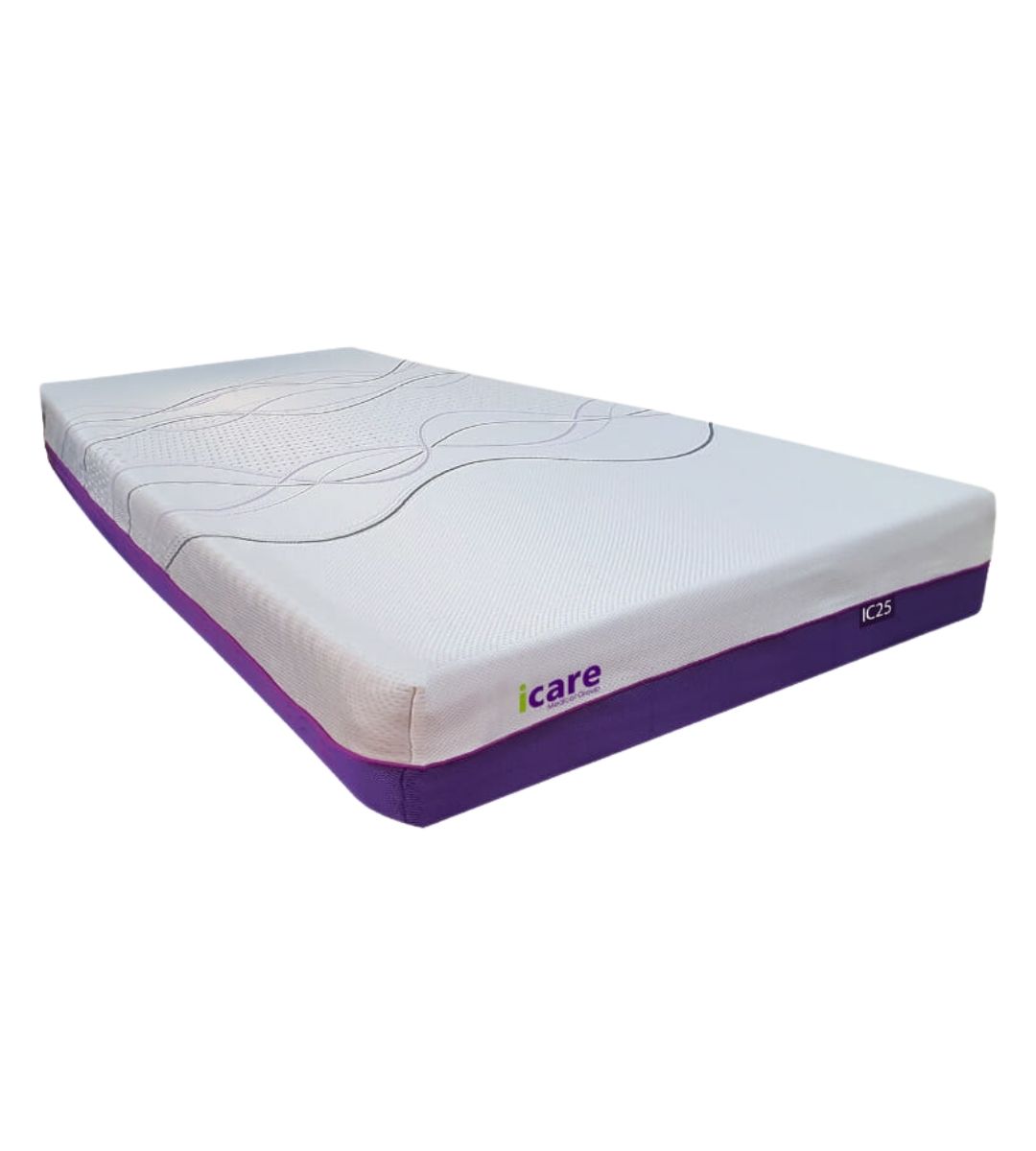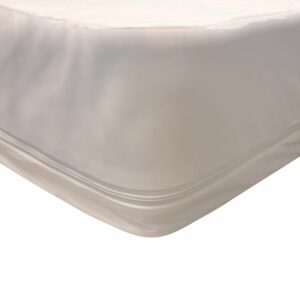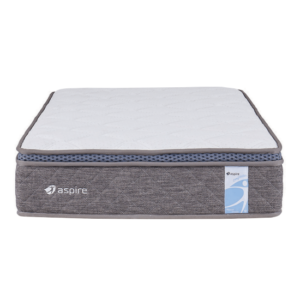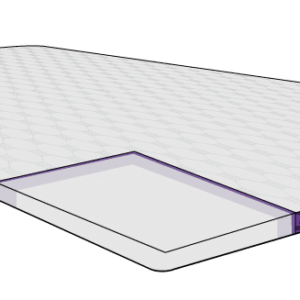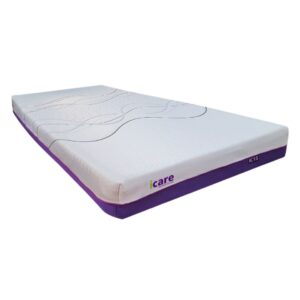Description
The I-Care IC25 Mattress delivers a softer sleep experience while supporting pressure care needs. Its multi-layered construction includes temperature responsive ActiveX elastic foam, which softens around pressure points to promote circulation.
The high-density foam base resists bottoming out, and the open-cell design supports airflow for a cooler sleep surface.
The Bluetec cover and firm edge supports make the IC25 suitable for those who need both comfort and transfer stability.
Who it’s for
- For clients who prefer a soft, plush mattress with pressure redistribution and breathability.
- For therapists seeking a soft support option for clients at low to medium pressure injury risk.
Key features
- ActiveX elastic foam – softens at body heat contact for pressure relief
- Soft plush feel – designed for those who prefer a plush luxury feel
- High-density foam base – prevents bottoming out and supports profiling
- Open-cell structure – encourages airflow for skin integrity
- Firm side edges – assists with safe bed entry and exit
- Bluetec cover – promotes a dry, cool sleep surface

